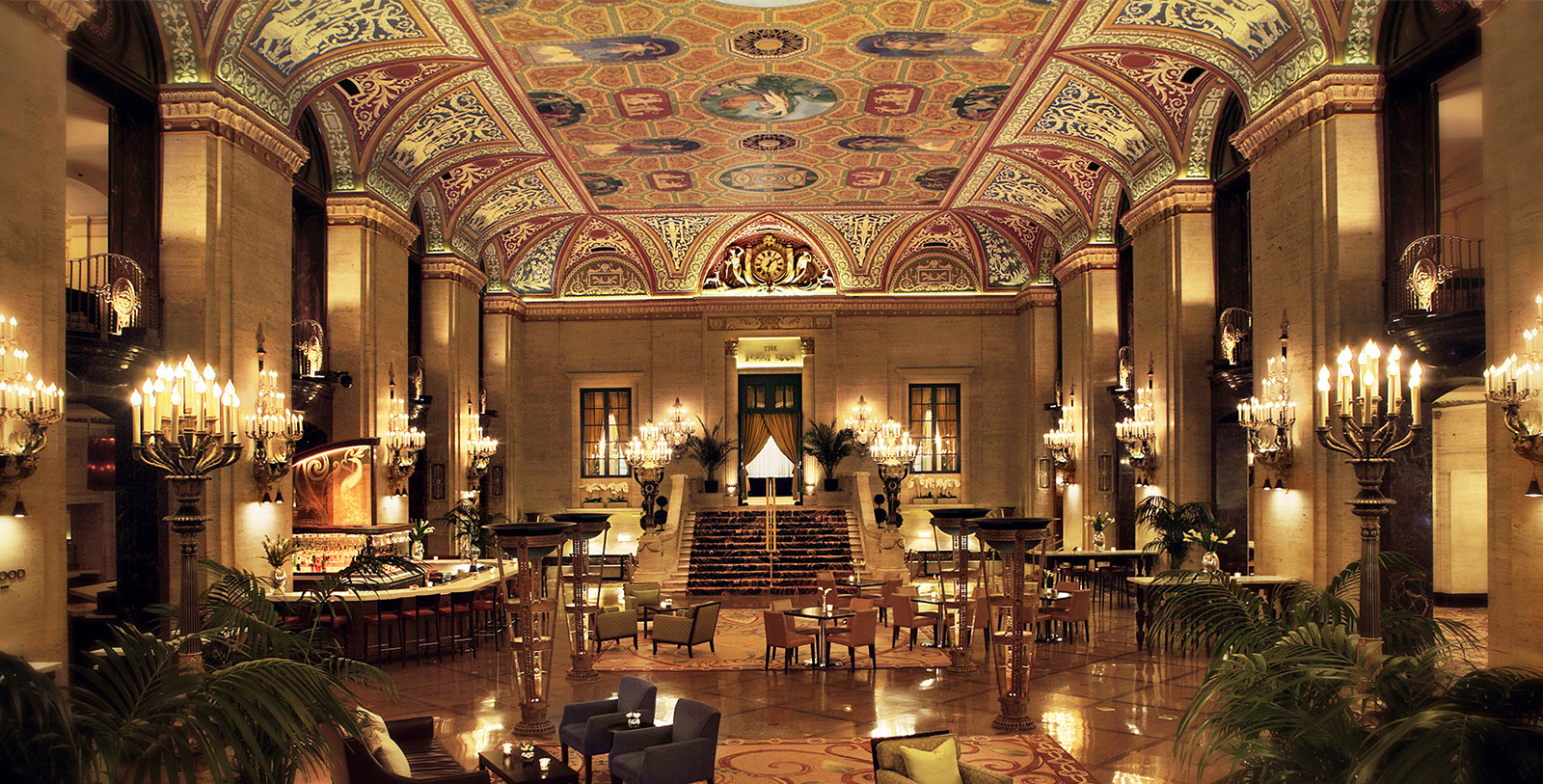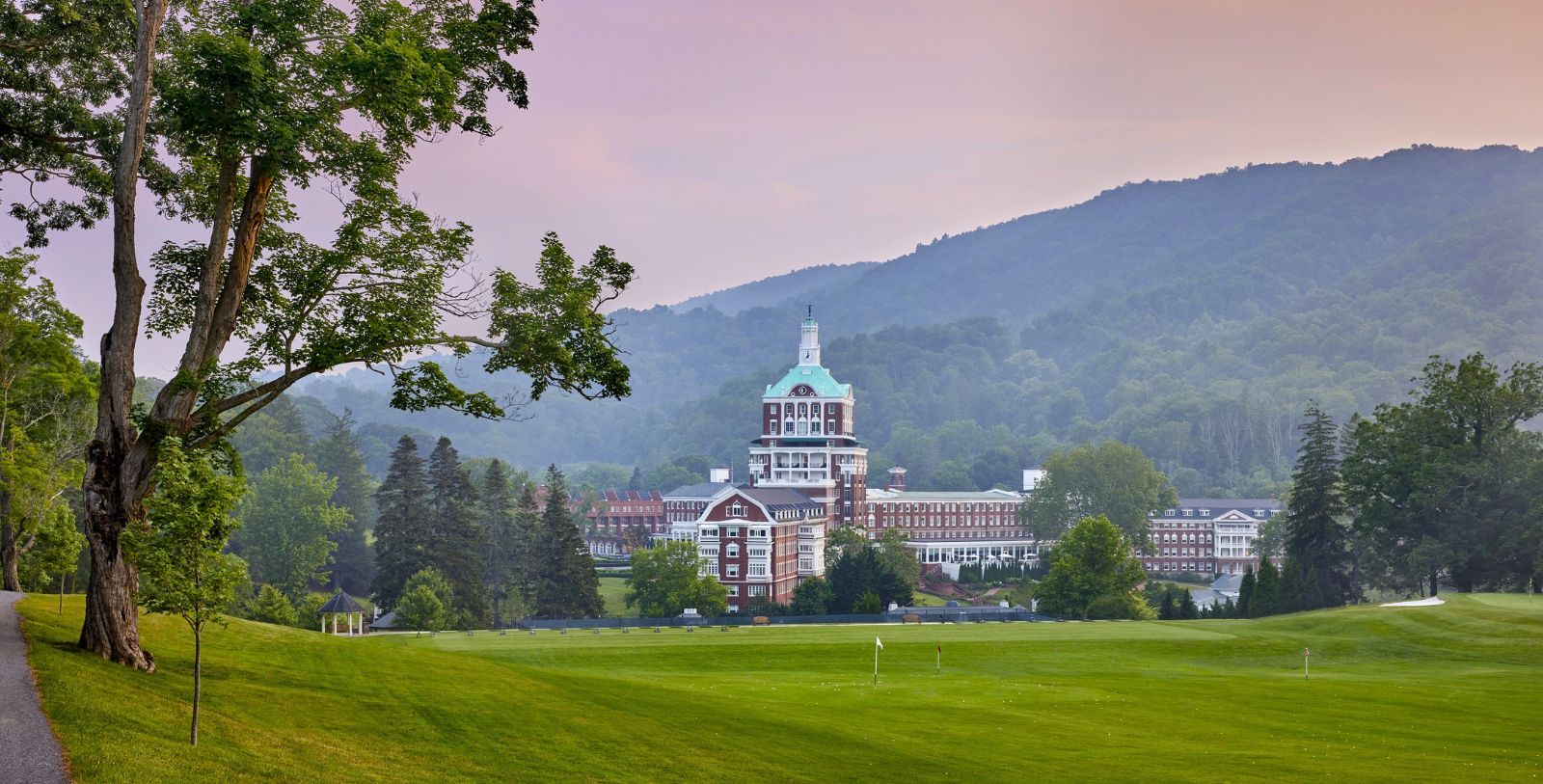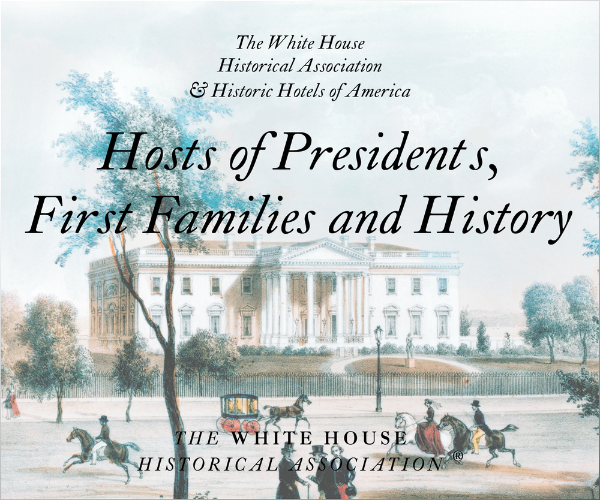There is a centennial celebration worth marking down on your calendar.
The Hilton Fort Worth, also perhaps better known to the locals as the Hotel Texas, is celebrating its 100th birthday this month.
If the walls could talk.
“It’s an honor to be a steward of this seasoned hotel and the focus of the owners, operators, and designers has been to balance preserving the historical significance of the hotel while maintaining modern facilities,” Stan Kennedy, chief operating officer of Remington Hotels, the hotel’s owner, said in a statement. “When future generations look back 100 years from now, it is our goal to ensure this rich history is not forgotten but expanded upon with similar passion for hospitality.”
The hotel opened in 1921 as the largest in the city. Designed by Sanguinet & Staats and Mauran, Russell, & Crowell and Westlake Construction Co., the property has been recently renovated. Today, the property offers 294 comfortable guest rooms, 22,667 square-feet of meeting and event space, and a modern fitness center. The property is also home to three dining outlets including a local taproom named 8th & Main, a grab-and-go destination called Herb N’ Kitchen, and Ruth’s Chris Steakhouse, a fine-dining establishment.
Original construction on the hotel cost $4 million and informally opened in 1921 with an all-nighter. Literally.
“We want all of Fort Worth to attend the housewarming,” said Edwin Lee, the hotel’s first general manager. “The Texas is a Fort Worth enterprise and Fort Worth naturally will be our first guest.”
As local news sources of the day reported, every room was occupied that night. Guests, whether they were staying — 800 were expected — or coming and going — 1,600 were expected to drop by — registered at 9 p.m. At 10, dancing began in the grand ballroom, the Court of Bluebonnets, the Bluebonnet Promenade, and the Catctus Room.
At midnight, supper was served in the South Room, the Hall of Longhorns, and the Great Lobby.
“Dancing then will be resumed and will continue until dawn. Coffee will be served at 3 a.m., and breakfast will be served at 6 a.m.”
At which point the party was broken up. The party cost guests $10.
The hotel, Lee said, would be an “expression of the state.”
“Persons from all over the United States will visit this part of the country will remember this hotel. They will find the spirit of the state in the Texas.”
Room rates that first year were $2 and up, the first hotel of its size or importance in the country, Lee said, to return to the pre-war rate of $2 “for room and bath.”
“We have the right to celebrate this day because it is the first substantial moment, since the world conflict was composed and work of restoration begun, that there has been substantial occasion for men and women to look serenely into the open door of the unexplored future with confidence and courage,” a Fort Worth Star-Telegram editorial directed. “Make it big enough to mark it one of the brightest pages in the city’s civic glory, and to establish it permanently in the memories of men and women … conscious of what it means to Fort Worth and Texas.”
No one at the time realized how history would talk about the hotel.
It was at the Hotel Texas that Dexter Elliott Chipps allegedly was heard making threats about killing Rev. J. Frank Norris. The next day, Chipps was killed by Norris as he barged into the preacher’s office at the First Baptist Church of Fort Worth. The killing set off one of the most sensational criminal trials in history.
Harry Houdini has a story there.
During a show in Fort Worth, a noted spiritualist stood up and challenged Houdini to participate in a demonstration of “spirit photography” at a neutral site under strict conditions. The site was the Hotel Texas, where the spiritualist and the challenger engaged in the greatest test of faith “since Elijah challenged the priests of Baal in the Old Testament.”
No spirits were revealed on the exposed film, as Houdini had asserted.
The most notable guest was John F. Kennedy, who stayed at the hotel the night of Nov. 21, 1963, the last day of his life. The next morning, he appeared before a boisterous crowd in front of the hotel to deliver impromptu remarks, his “parking lot speech.”
“There are not faint hearts in Fort Worth,” he declared.
Back inside the hotel in a ballroom, he delivered prepared remarks after receiving a cowboy hat he didn’t much care for.
“Three years ago last September, I came here, with the vice president, and spoke at Burk Burnett Park, and I called, in that speech, for a national security policy and a national security system which was second to none. That city responded to that call as it has through its history.”
Discover the fascinating history of Hilton Fort Worth and book your stay!
About Historic Hotels of America®
Historic Hotels of America is the official program of the National Trust for Historic Preservation for recognizing and celebrating the finest Historic Hotels. Historic Hotels of America has more than 300 historic hotels. These historic hotels have all faithfully maintained their authenticity, sense of place, and architectural integrity in the United States of America, including 44 states, the District of Columbia, the U.S. Virgin Islands, and Puerto Rico. Historic Hotels of America is comprised of mostly independently owned and operated historic hotels. More than 30 of the world’s finest hospitality brands, chains, and collections are represented in Historic Hotels of America. To be nominated and selected for membership into this prestigious program, a hotel must be at least 50 years old; has been designated by the U.S. Secretary of the Interior as a National Historic Landmark or listed in or eligible for listing in the National Register of Historic Places; and recognized as having historic significance.
































